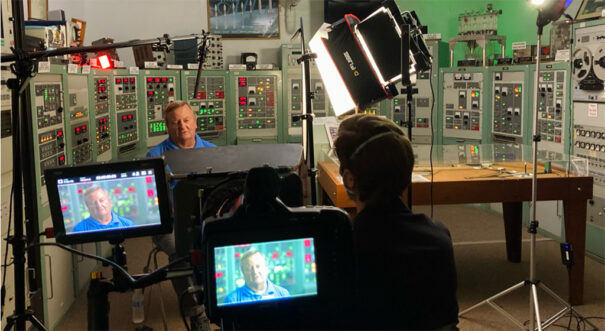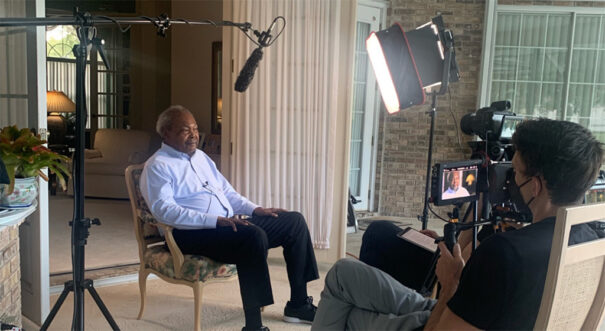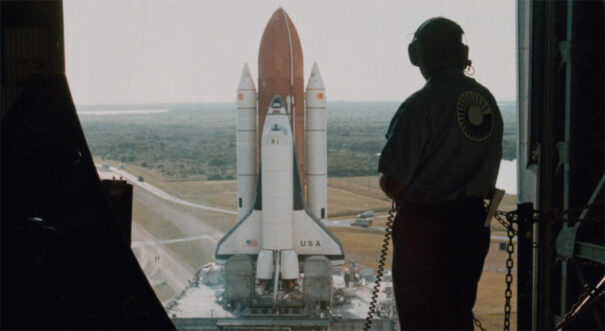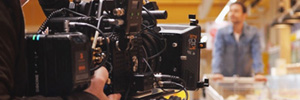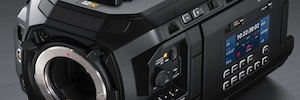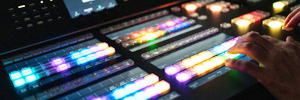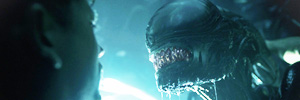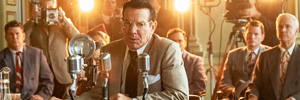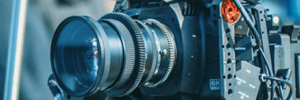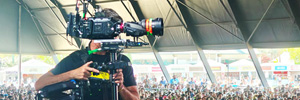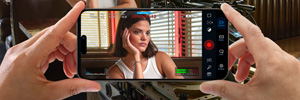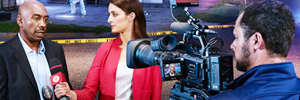PBS shoots and grades ‘When We Were Shuttle’ with Blackmagic Design solutions
Blackmagic Design’s Pocket Cinema Camera 6K and DaVinci Resolve Studio solutions have been used to shape the documentary ‘When We Were Shuttle’, a PBS-supported documentary.
When We Were Shuttle is a documentary funded by WLRN, a Miami station that is part of PBS. The feature-length film aims to know more of the people who gave birth to the Space Shuttle Program with a unique and essential look at the impact of the Shuttle until the program’s closure in 2011. The film was directed by Zachary Weil, with cinematography by Kyle McConaghy. The premiere took place at the Kennedy Space Center’s IMAX cinema in October 2022.
As a child, Weil was passionate about spaceflight. Growing up in South Florida, he has many memories of his visits to NASA: “I can still remember going up to the Kennedy Space Center for the first time as a member of the young astronauts club, and I just immediately felt a very strong connection to this place and its history.” In 2019, Weil already produced a documentary entitled When We Were Apollo for WLRN. Due to its success, the channel approached him to support his next project, which eventually materialised in When We Were Shuttle.
Weil had already worked with McConaghy on other projects. When planning the various interviews and footage, they were clear from the outset about the type of camera they would use: “We discussed several different possible cameras, but the form factor of the Pocket Cinema Camera 6K was a huge selling point. We knew we wanted to film many of our subjects in their real life environments and places of work, so to be able to shoot with a stripped down version of the Pocket 6K was amazing at minimizing our footprint and letting us fall into the background.”
Shooting with the Pocket Cinema Camera 6K
One of the biggest advantages of the Schwarze Magie solution, Weil notes, is its versatility: “From a handling standpoint, the Pocket 6K is so well designed. We were following our subjects around just holding the camera, and looking at the footage, you would think at the very least we had an easy rig or even some more significant stabilization. But the size and weight are pretty ideal for handheld work.”
Although the style of the production was that of a documentary shot handheld, Weil and McConaghy wanted to achieve the best possible cinematic quality while being conscious of the storage of the footage: “Aside from the beautiful image and form factor, shooting long interviews with Blackmagic RAW is such a game changer. We shot at full 6K (6144 x 3456) using constant quality settings Q3 or Q5 and I couldn’t believe how many hours of footage we were able to shoot with just one or two CFAST cards.”
The lighting for When We Were Shuttle was also simple, but effective, Weil says: “With the Pocket 6K we also have a one by one panel light that serves as our key, with either a bounce card or some negative fill to even out the light, and then whatever natural light we are able to gather from a window or other source. I think this all goes to our desire for a very basic set up, but also that organic retro documentary look where you just weren’t using as many lights for stylistic reasons as you would perhaps see in a more contemporary documentary.”
Colour grading with DaVinci Resolve Studio
McConaghy colour-keyed the footage for the project in DaVinci Resolve Studio, a Blackmagic Design solution. Beforehand, they chose the visual style that would accompany the entire documentary: “Zack and I drew a lot of our look inspiration from the archival material that we collected. A lot of it was captured in either 16 mm film stock, or Kodachrome if it was still photography. So we talked a lot about trying to create and foster a look that was the total opposite of the subject matter that we were dealing with, that being space. Space is a very sterile and cold environment. Our solution was to really go in the opposite direction: shoot and grade our subjects to feel warmer and more familiar.”
The colour grading process was particularly easy, McConaghy points out, because of the possibilities offered by the Blackmagic RAW format. In his own words: “Post was a dream with the camera. Blackmagic RAW’s highlight retention was great, which helped us dial in a slightly retro look to match the archival material.”
When We Were Shuttle is available at https://whenwewereshuttle.org/ and will premiere on PBS in early 2023.
Hat Ihnen dieser Artikel gefallen?
Abonnieren Sie unsere Füttern Und es wird Ihnen an nichts fehlen.



